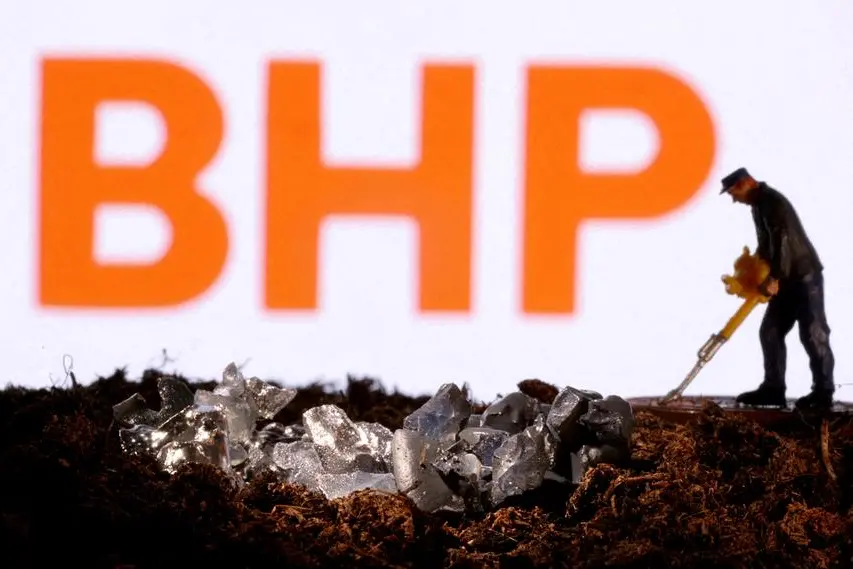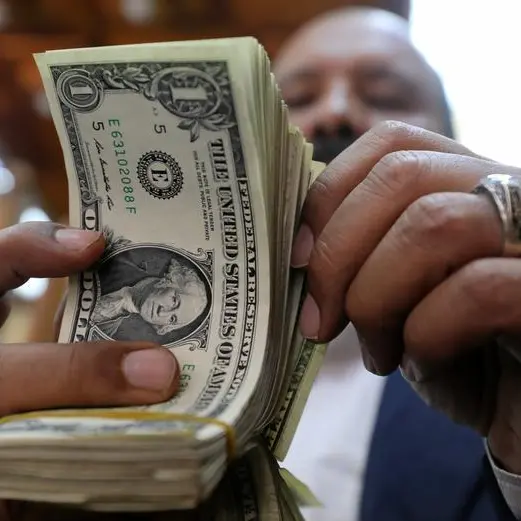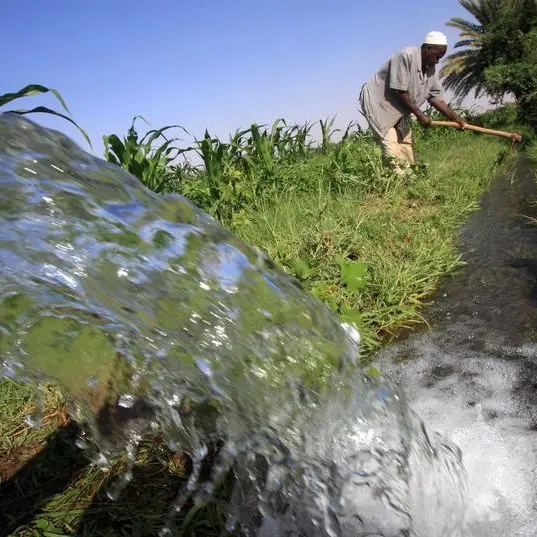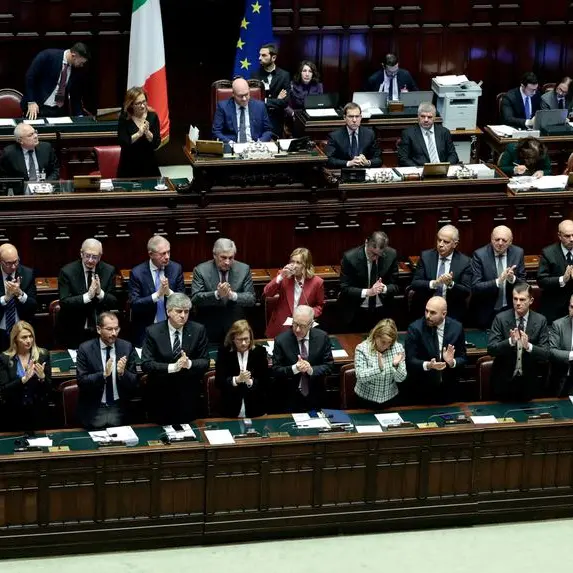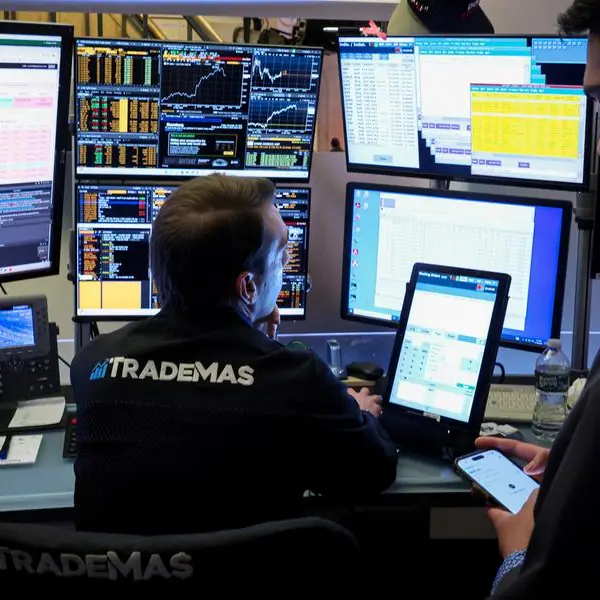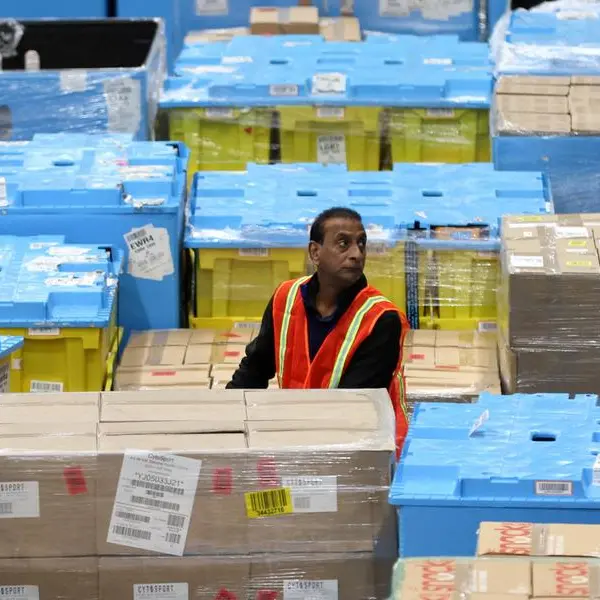PHOTO
LONDON - Indonesia's nickel production surge is crushing competitors and challenging the West's ambitions of diversifying its critical metals supply chains.
Australia's BHP Group is the latest victim of a two-year price slump, which has seen London Metal Exchange (LME) three-month nickel tumble from an all-time high of $55,000 per metric ton in March 2022 to $16,650.
The world's largest listed miner has announced it is suspending its Western Australia nickel operations from October.
The decision was well flagged and probably made easier by the loss of feed from Wyloo Metals' Kambalda mines, which were placed on care and maintenance in May, also due to low prices.
The Australian casualty list includes Panoramic Resources, which went into voluntary administration in December, and IGO Ltd, which has suspended its Cosmos mine and just taken an impairment charge against its exploration assets.
BHP said it would continue investing in what was heralded just a few years ago as a centre-piece of the company's battery metals strategy. But a review of the suspension is promised only by 2027, which says much about how the company views the outlook for the nickel price.
Tesla Inc, which signed an off-take deal for BHP's low-carbon nickel in 2021, will have to look elsewhere. Probably Indonesia.
RISING STOCKS WEIGH ON PRICE
London nickel managed a May rally as high as $21,750 per ton due to civil unrest in New Caledonia, a French-ruled Pacific island that is the world's third largest producer of mined nickel.
However, a rapid build in LME stocks has damped bullish spirits with investment fund positioning turning net bearish in June.
Metal has been arriving daily at LME warehouses in South Korea and Taiwan since the start of last month with headline exchange stocks now at 99,576 tons, the highest level since January 2022.
There is more sitting in the shadows.
LME off-warrant stocks totalled 67,181 tons at the end of May, according to the exchange's latest monthly report. Combined inventory was already over 150,000 tons at that stage.
INDONESIAN FLOOD
Much of the nickel flowing into LME warehouses is Chinese metal following the fast-track approval of five new brands with combined annual output of around 70,000 tons.
Chinese nickel accounted for 28% of total LME on-warrant stocks at the end of June, up from 11% at the start of the year and zero this time last year.
It is Chinese metal produced from Indonesian raw materials such as matte and mixed hydroxide.
Chinese companies have driven Indonesia's build-out of processing capacity and mastered the technology of converting the country's relatively low-grade resource into high-purity products such as refined metal and battery-grade sulphate.
Indonesia may start delivering nickel straight to the LME itself after the country got its first brand approval in May.
The country's production surge was previously confined to the Class II intermediate products segment of the nickel market but it's now filtering into the LME-traded Class I segment.
More metal may be coming. China's Tsingshan, the world's biggest nickel producer, is planning to register a second Indonesian brand with another 50,000 tons of annual capacity.
HITTING THE FLOOR
It's not easy to see why BHP isn't too hopeful about a nickel price recovery any time soon.
It doesn't help nickel's cause that battery demand has failed to live up to exuberant expectations as the electric vehicle revolution hits a speed bump.
The market is in visible oversupply even as the production curtailments mount.
Macquarie Bank identified more than 300,000 tons of closed capacity even before BHP confirmed the wind-down of its Nickel West division.
The bank has trimmed its expected supply-demand balances accordingly but still forecasts sustained annual surpluses through 2028.
Macquarie nickel analyst Jim Lennon argues that prices should be close to a floor, estimating the marginal production cost of converting Indonesian raw materials to metal in a $16,000-18,000 range.
The problem is that it's too low a floor for just about everyone else.
NEW DEPENDENCY
Indonesia accounted for just over half of global nickel production last year, a ratio that could rise to 75% in 2028, according to Macquarie.
This particular battery metal supply chain is rapidly becoming ever more concentrated on Indonesia and the Chinese operators that control large swaths of its nickel sector.
The United States and the European Union have been reluctant to engage with Indonesia due to the dominant Chinese presence and the nickel sector's heavy environmental footprint.
That may be changing, however, as efforts to diversify are frustrated by the hard reality that a few existing operators and small number of new projects can compete with Indonesia's low cost of production.
U.S. Under Secretary of State for Economic Growth, Energy, and the Environment Jose Fernandez has been in Jakarta this week and one of the items on the agenda was the possibility of Indonesia joining the multinational Mineral Security Partnership (MSP).
The MSP, whose objective is to accelerate development of sustainable critical minerals supply, would be an opportunity to improve environmental standards and governance in Indonesia's mineral sector, Fernandez told a press conference in Jakarta.
It's clear that any closer engagement is going to be dependent on Indonesia cleaning up its environmental act and ideally switching away from carbon-heavy coal power to run its nickel processing plants.
But both sides seem to be edging towards some sort of minerals deal intended to help Indonesia reduce its dependency on Chinese capital and technology.
For the United States and its allies on metals, it's an admission that all nickel roads currently lead to Indonesia and will continue doing so for some time.
The opinions expressed here are those of the author, a columnist for Reuters.
(Editing by Emelia Sithole-Matarise)
